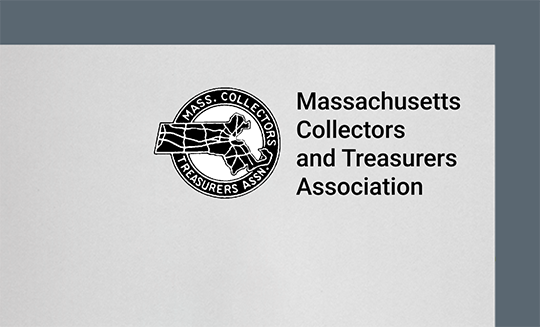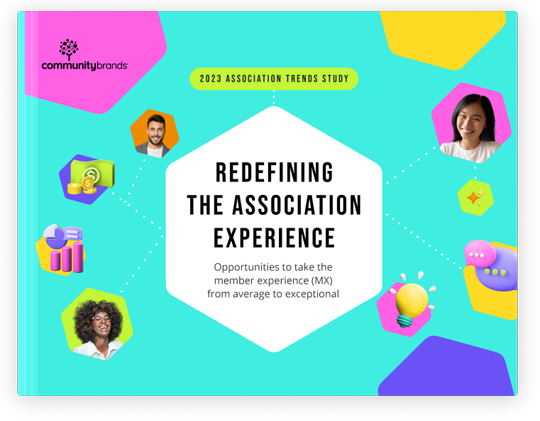To move forward and manage the shifts surging through our digital world, many organizations are adopting measures to strengthen their ability to innovate. Such associations and even nonprofits are partnering with forward-thinkers for innovation—an important indicator of any organization’s sustainability.
Importance of innovation.
Innovation is the essence for shaping the future of organizations, helping leaders conceive previously unimagined strategic options. Innovation enables you to see potential development through a different lens, looking at it as a means of enhancing capabilities to your members and accelerating revenue growth. Innovation also provides an edge to deliver the kind of flawless service your members want and need faster. Finally, innovation puts your organization on the offensive, as you compete against for-profit membership programs.
But, how do you get to an innovative state? Here are some common-sense tips about what’s required to facilitate conversations about big ideas and innovations. While the list below isn’t all-inclusive, it highlights some shared core considerations.
Determine the right time and environment. Participants need the right mental and physical space to think differently and more expansively. Block sufficient time and create an environment conducive to sharing ideas, sketching possibilities and free-flowing discussion. Intimate and flexible space; flipcharts and whiteboards; food, music and props to sustain the energy. Each of these is a desirable environmental factor.
Articulate the purpose and define success. Skeptics and fans alike need to understand just what the conversation is intended to produce to appropriately contribute. It’s difficult to do the “what” if you don’t understand the “why.”
Put the conversation in context. Don’t make innovation something which occurs outside of your organization’s efforts. Connect conversations about ideas and innovations to your ongoing development of programs and services. Incorporate these discussions into your regular planning routines.
Clarify the terms and process used. People need to understand the rules of engagement, whatever you and your team determine them to be, as well as terms likely to be thrown around, including creativity, innovation, value, et al.
Create, critique, construct. Remember these three types of thinking (usually attributed to Edward deBono) and make sure your process addresses them in this order:
- What’s possible?
- Which idea(s) do we choose to advance?
- How will we efficiently implement the ideas chosen?
Assertively facilitate. Too often participants too quickly abandon the stated process and move straight to problem-solving and implementation. Don’t let this happen. Ensure people dwell longer in possibilities and more expansive thinking.
Start with observed behaviors. Innovation begins with behavior, not ideas. If you carefully observe member behavior without judgment, the rich story their actions tell will instruct you as to where innovation is needed.
Use disruptive premises to evoke creative possibilities. Once you’ve identified the opportunity areas to pursue, use “disruptive hypotheses or unreasonable provocations,” as suggested by Luke Williams in his book “Disrupt.” Doing so will help shift the subsequent creative thinking away from the traditional solutions and into potentially more inventive and interesting areas.
Listen for concepts behind ideas. No matter how assertively you facilitate the process, your inner critic may emerge too rapidly in the discussions. When you hear people reacting negatively about a specific idea, identify its underlying concept and ask what other ideas people might have that relate to it. This keeps the creative energy moving forward.
Identify opportunities to experiment. Every innovation guru has his or her own way of trying to swiftly get you in action and in the process of discovery. Instead of trying to 100% plan your way to success, you and your organization need to move promptly from planning to playing with some of the possibilities identified.






